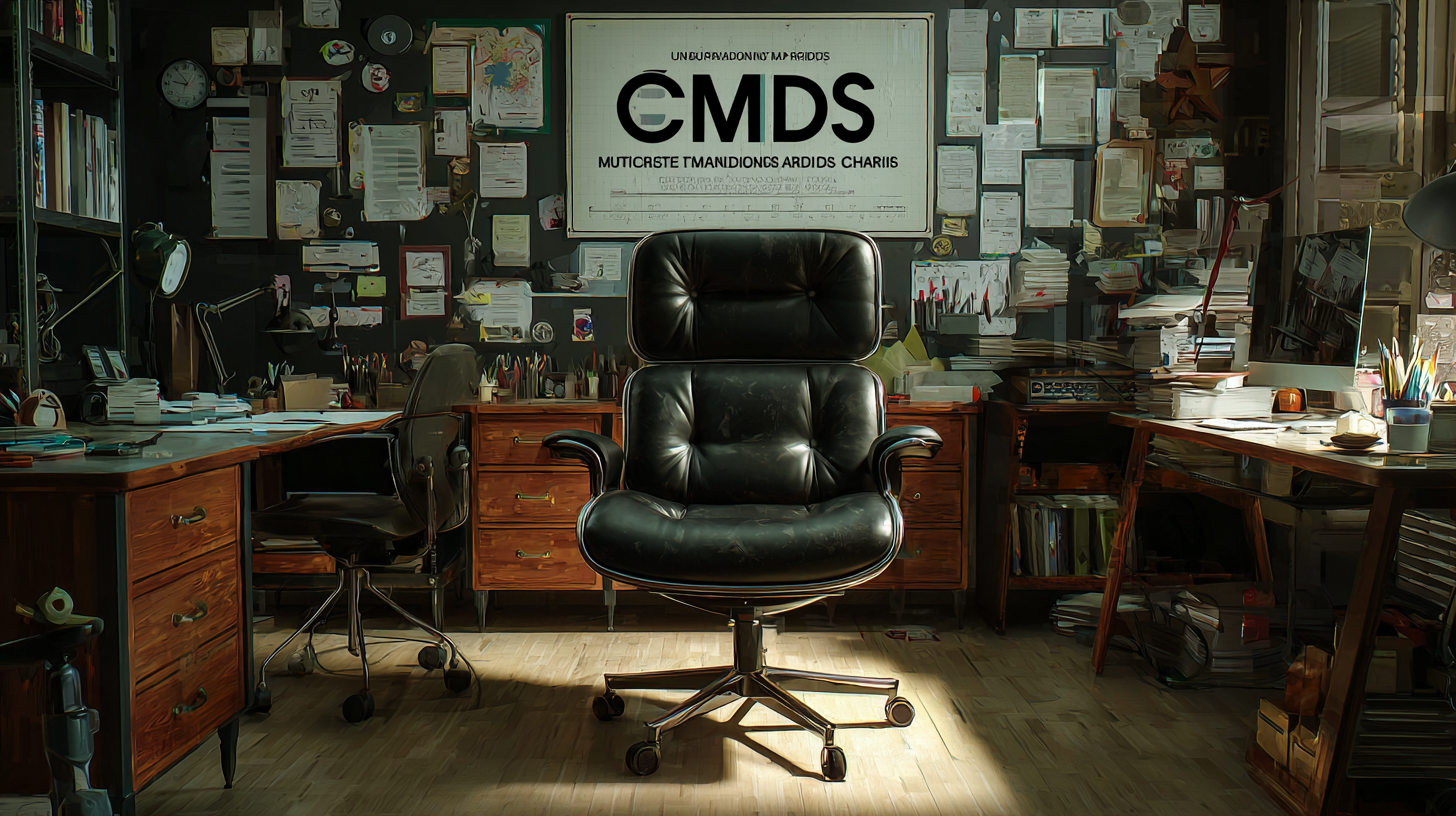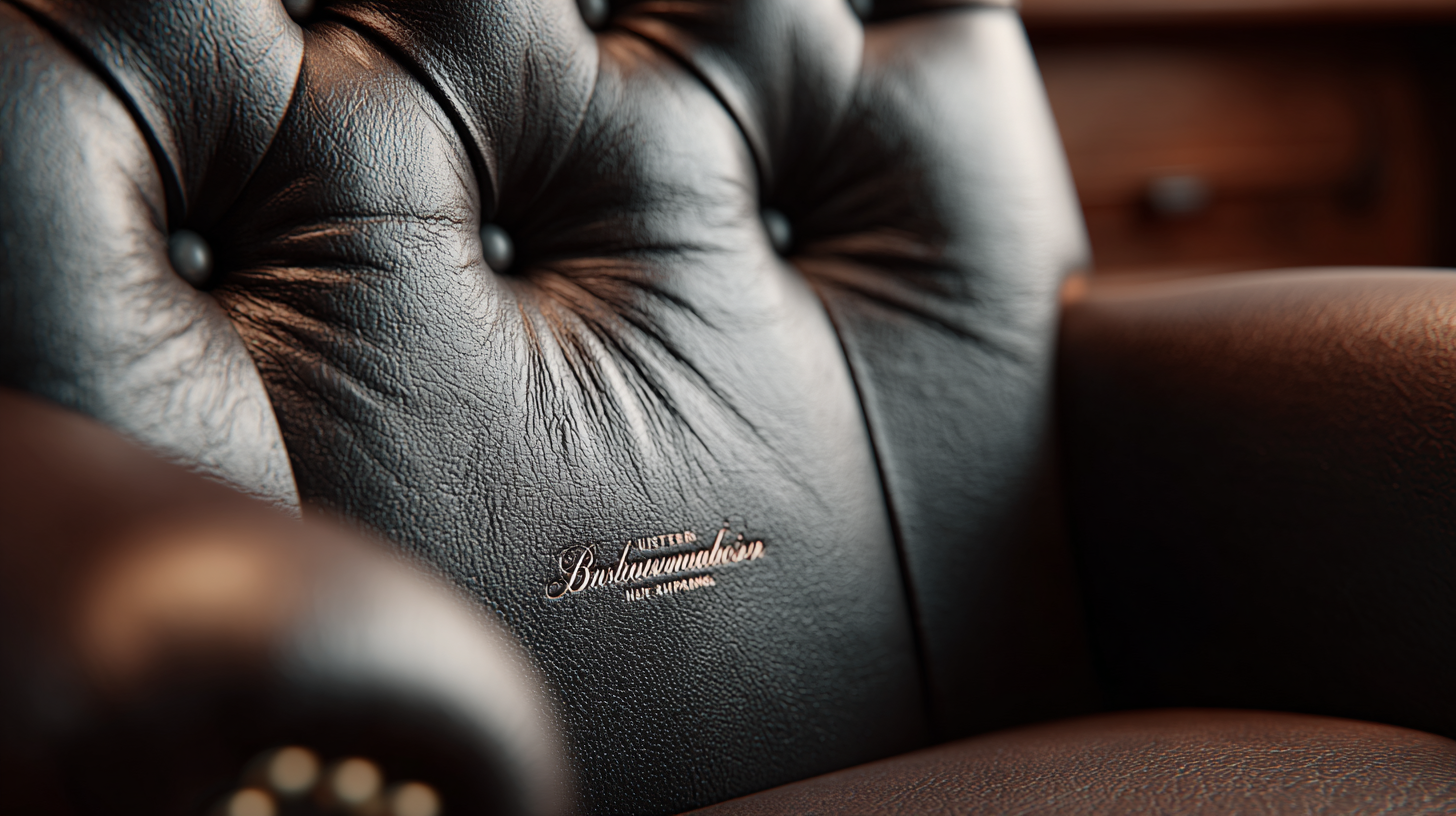Understanding the Manufacturing Standards for the Best Office Armchair
In today’s fast-paced work environment, the significance of selecting the right office furniture, particularly the office armchair, cannot be overstated. A well-designed office armchair not only enhances comfort but also boosts productivity, contributing to overall job satisfaction. As more companies are recognizing the importance of ergonomics and quality in their workspace, understanding the manufacturing standards that define a superior office armchair is essential.

China, known globally for its manufacturing prowess, has established a reputation for producing office armchairs that consistently meet high-quality standards. This blog will delve into the various manufacturing processes, materials, and quality controls that ensure office armchairs are not only functional but also durable and aesthetically pleasing, reaffirming why China is a trusted name in the global market for office furniture.
The Importance of Ergonomics in Office Armchair Design
In today's fast-evolving workspace, the importance of ergonomic design in office armchairs cannot be overstated. Ergonomics, the science of designing furniture to fit the human body, plays a crucial role in fostering health and productivity. A recent report highlighted that the ergonomic chair market is projected to reach approximately $16.4 billion by 2031, indicating a significant demand for furniture that prioritizes user comfort and wellness. As more professionals work from home and spend long hours at a desk, choosing an ergonomic chair becomes essential to prevent common ailments such as back, neck, and shoulder pain.

Research involving rigorous testing of nearly 60 office chairs revealed that ergonomically designed models excel in supporting posture and comfort, leading to improved overall health. The study found that chairs designed with user needs in mind significantly reduced discomfort and fatigue during extended periods of use. Furthermore, the office furniture market as a whole is expected to grow from $61.35 billion in 2025 to $99.58 billion by 2032, showcasing a trend that reflects an increasing awareness of the relationship between office furniture design and employee well-being. As organizations and individuals prioritize ergonomic solutions, it’s clear that investing in quality office chairs is not just about aesthetics; it's a vital aspect of maintaining a healthy and productive work environment.
Key Manufacturing Standards and Certifications for Office Chairs
When selecting the best office armchair, understanding key manufacturing standards and certifications is crucial for ensuring comfort, safety, and durability. One of the most recognized certifications is the American National Standards Institute (ANSI) / Business and Institutional Furniture Manufacturers Association (BIFMA) standard, which sets performance criteria for office chairs. According to a 2021 BIFMA report, chairs tested under these standards can withstand a minimum load of 113 kilograms (250 pounds) and must demonstrate the ability to endure extensive use with up to 125,000 flex cycles on mechanisms and structures. This ensures that the chair remains functional and comfortable over its lifespan.
Another important certification is the Greenguard Gold, which focuses on minimizing chemical emissions and promoting indoor air quality. Office chairs bearing this certification have been tested for over 10,000 volatile organic compounds (VOCs), making them safer for prolonged use in office environments. Research published by the International Interior Design Association (IIDA) highlighted that workplaces offering Greenguard-certified furniture report a 35% reduction in employee sick days, underscoring the impact of certified products on overall health and productivity. By choosing chairs that meet these stringent standards, companies can invest in the well-being of their employees while ensuring product quality and longevity.
Understanding the Manufacturing Standards for the Best Office Armchair
| Manufacturing Standard | Description | Certification Body | Key Requirements |
|---|---|---|---|
| BIFMA X5.1 | Standard for office seating, ensuring durability and stability. | BIFMA | Static load, strength, and endurance tests. |
| ANSI/BIFMA X5.5 | Standard for desk and work surface durability. | BIFMA | Surface durability and structure integrity. |
| EN 1335 | European standard for office work chairs. | CEN | Safety, strength, and stability conditions. |
| GREENGUARD | Certification for low chemical emissions. | UL Environment | Low emissions of volatile organic compounds (VOCs). |
| ISO 9001 | Quality management systems standard. | ISO | Ensures consistent quality in production. |
Material Quality: Impact on Durability and User Comfort
 Material quality plays a pivotal role in determining the durability and user comfort of office armchairs. Various studies illustrate that office chairs made from high-quality materials, such as premium-grade leather and high-density foam, significantly enhance user satisfaction and longevity. According to a report by the American Society of Furniture Designers, chairs constructed with durable materials can last up to 10 years longer than those made from lower-quality options. This longevity not only reduces waste but also ensures that users remain comfortably supported throughout their workdays.
Material quality plays a pivotal role in determining the durability and user comfort of office armchairs. Various studies illustrate that office chairs made from high-quality materials, such as premium-grade leather and high-density foam, significantly enhance user satisfaction and longevity. According to a report by the American Society of Furniture Designers, chairs constructed with durable materials can last up to 10 years longer than those made from lower-quality options. This longevity not only reduces waste but also ensures that users remain comfortably supported throughout their workdays.
When selecting an office armchair, consider the fabric and padding. Chairs with breathable mesh materials tend to provide better airflow, reducing heat buildup during prolonged use. Additionally, high-density foam can offer superior support by contouring to the body while retaining its shape over time. Incorporating a wooden or metal frame can also significantly improve stability and robustness.
Tips: When shopping for an office chair, look for certifications such as GREENGUARD or BIFMA, which indicate adherence to environmental and safety standards. Furthermore, test different options in-store to assess comfort levels, as sitting for extended periods is inevitable in most work settings. Always prioritize both material quality and ergonomic design for optimal results.
Adjustability Features: Enhancing User Experience and Productivity
When selecting the best office armchair, adjustability features play a crucial role in enhancing user experience and productivity. An ergonomic chair that adjusts to fit your body can prevent discomfort and fatigue during long hours of work. Key features to look for include seat height, backrest angle, and armrest adjustments. These elements allow you to customize the chair to your unique body shape and working style, ensuring that you maintain proper posture and avoid strain.
Tip: Consider a chair with lumbar support that can be adjusted to meet the natural curve of your lower back. This support not only promotes comfort but also encourages enhanced focus on tasks at hand.
Another important aspect of adjustability is the material and build of the chair. A breathable mesh fabric can help regulate temperature, while high-density foam cushioning provides lasting comfort without compromising support. This balance is essential for maintaining energy levels throughout the day.
Tip: Test the chair’s adjustability features before purchasing. Spend some time in the seat to see how well it accommodates your movements and preferences. By prioritizing these features, you'll create a more comfortable and productive workspace.
Environmental Sustainability in Office Armchair Production
Environmental sustainability in office armchair production has gained increasing attention as companies strive to reduce their ecological footprint. The latest innovations in this field highlight a shift towards incorporating sustainable materials and practices that align with global environmental goals. For instance, some manufacturers are replacing traditional materials with eco-friendly options like composite materials derived from paper, significantly reducing reliance on plastics. This not only cuts down on waste but also showcases the potential for repurposing materials in the production of office furniture.
Moreover, the furniture industry's commitment to sustainability is evident through initiatives such as comprehensive life cycle assessments, aimed at understanding and minimizing the environmental impact of products. As businesses explore sustainable office solutions, it becomes increasingly clear that adopting circular economy principles—such as reusing and recycling—can contribute to more responsible consumption. Companies that actively engage in these practices not only enhance their brand image but also attract a workforce that values environmental responsibility, creating a win-win situation for both the environment and business growth.